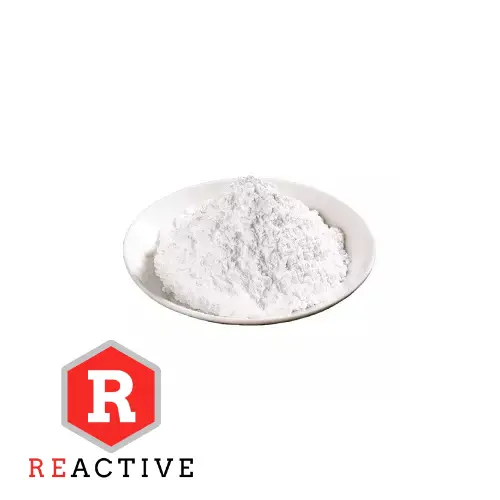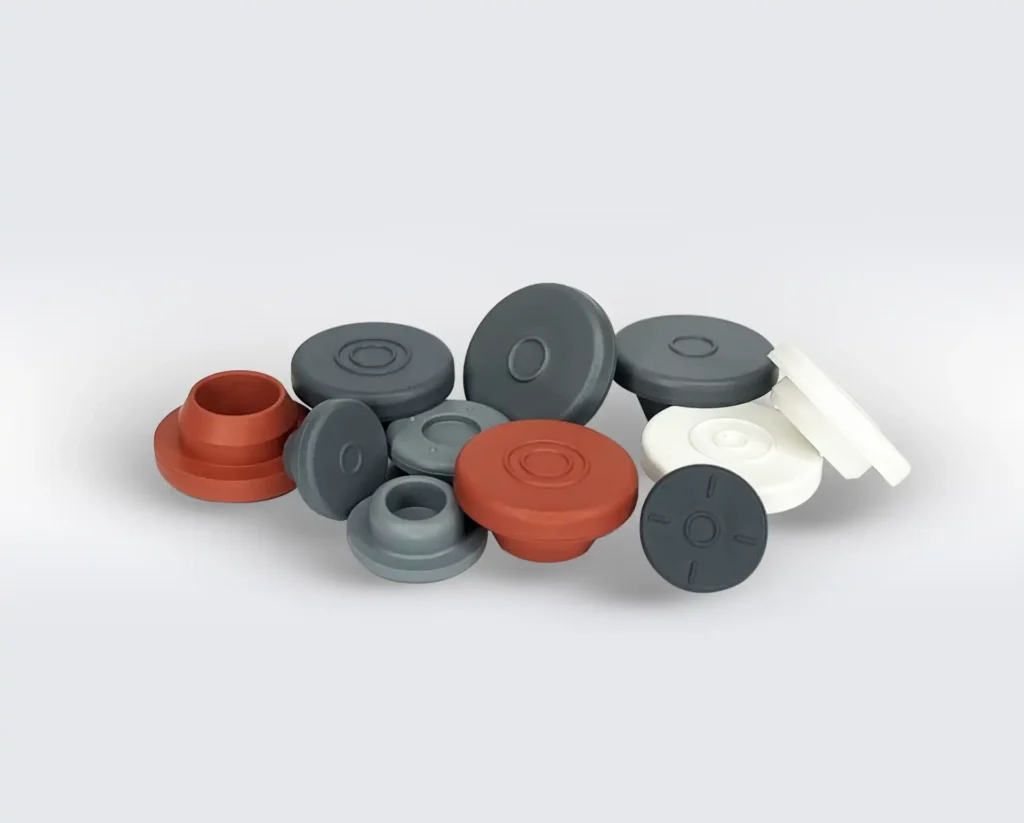Active magnesium oxide, molecular formula MgO, relative molecular mass 40.30. its chemical composition, physical form and other indicators and ordinary magnesium oxide is not very different, but some of the indicators of active magnesium oxide and ordinary magnesium oxide requirements are different; such as to have a suitable particle size distribution, the average particle size: <2 µm (2000 nm); microscopic morphology for irregular particles or nearly spherical particles or flaky crystals; with citric acid ( CAA value) the activity expressed by the citric acid (CAA value) is 12~25s (the smaller the value the higher the activity); the activity expressed by the iodine absorption value is 80~120 (mgI2/100gMgO); the specific surface is between 5~20m3/g, and the apparent specific volume is between 6~8.5mL/g. In addition, because of its high activity, this magnesium oxide tends to absorb water and sometimes requires chemical treatment for protection. In some aspects, it shows special properties that conventional materials do not have, so it is widely used as a new type of material.
Effect of calcination temperature on the activity of MgO
Studies have shown that the calcination temperature has a significant effect on the activity of MgO. The activity of MgO reaches its maximum value at 700°C, when the surface area of magnesium oxide is the largest 1. As the temperature increases, the activity of the generated magnesium oxide decreases when the temperature exceeds 900-1000°C 1. In addition, the higher the calcination temperature and the longer the holding time, the poorer the activity of MgO 2.
Effect of calcination time and temperature increase rate on the activity of MgO
Calcination time and rate of temperature increase also affect the activity of MgO. The value of citric acid activity decreases gradually when the calcination time is less than two hours; after more than two hours, the activity decreases sharply.3 When the heating rate is 10℃/min, the specific surface area and apparent specific volume are larger, but the value of citric acid activity is smaller; at 5℃/min heating rate, the activity changes faster with temperature.4 For comprehensive consideration, choose the 8 -10°C/min temperature increase rate is more suitable4.
Effect of different production methods on the activity of MgO
Different production methods also affect the activity of MgO. For example, in the brine-soda ash method, the reaction temperature, pyrolysis temperature, reaction concentration and other factors will affect the activity of MgO.1 Choosing appropriate production methods and controlling the parameters in the production process can effectively improve the activity of MgO.
In summary, calcination temperature, time and heating rate are the key factors affecting the activity of MgO. By optimizing these parameters, highly active MgO can be prepared to meet the needs of different applications.
Uses of reactive magnesium oxide:
Activated magnesium oxide is an important raw material for the preparation of highly functional fine inorganic materials, electronic components, inks, and harmful gas adsorbents. It is expected to be developed as a cutting-edge material under high temperature, high corrosion and other harsh conditions. It can also be used as filler for paint, paper and cosmetics, filler and reinforcing agent for plastics and rubber, and auxiliary material for various electronic materials.




